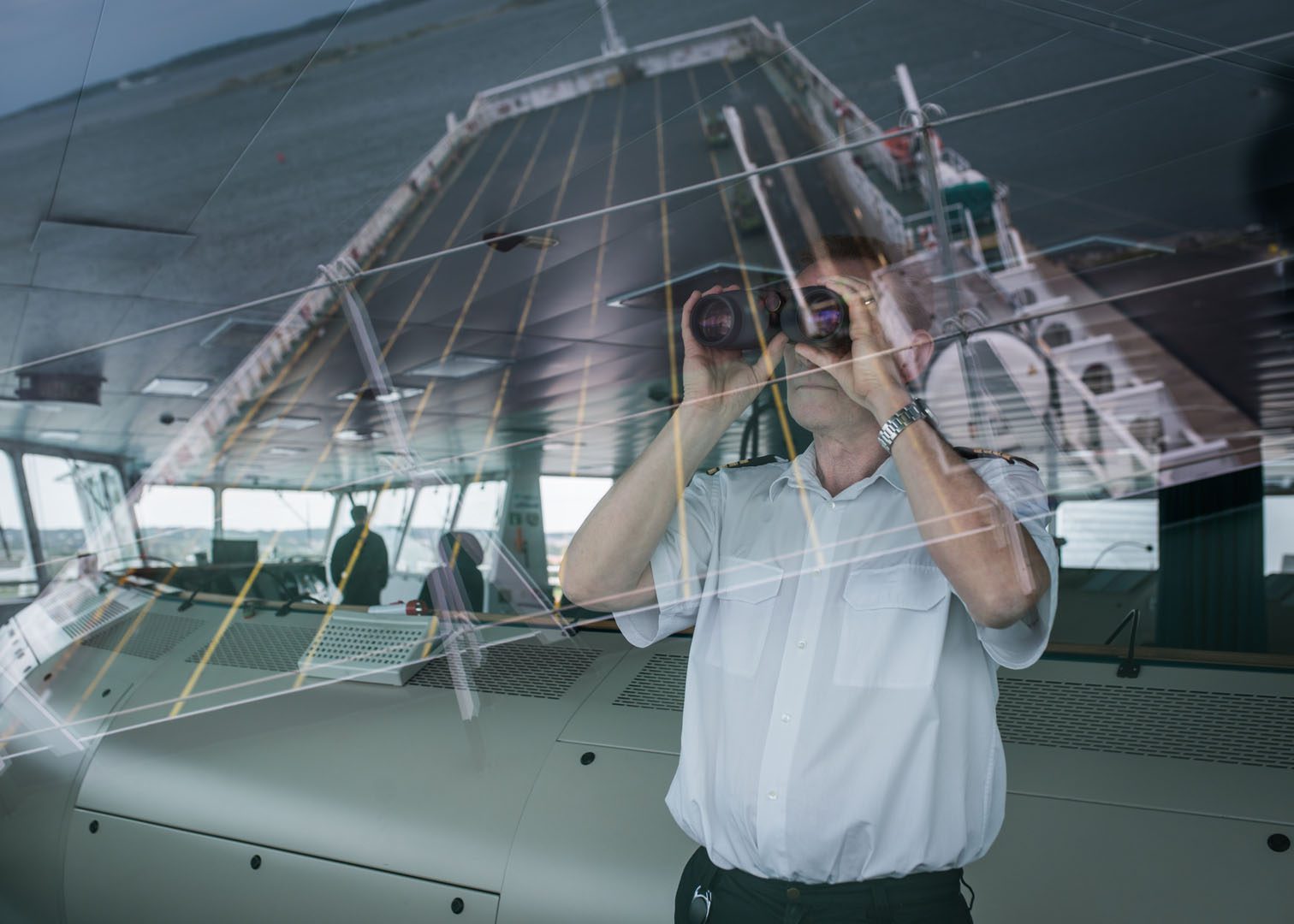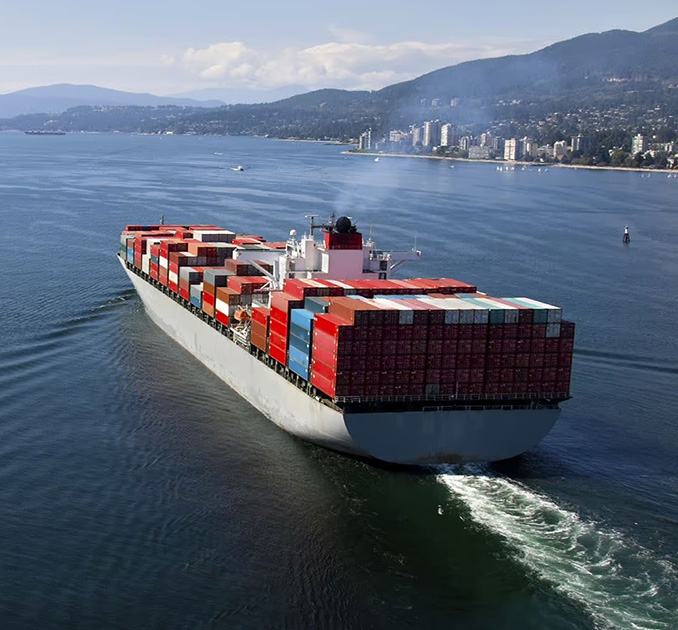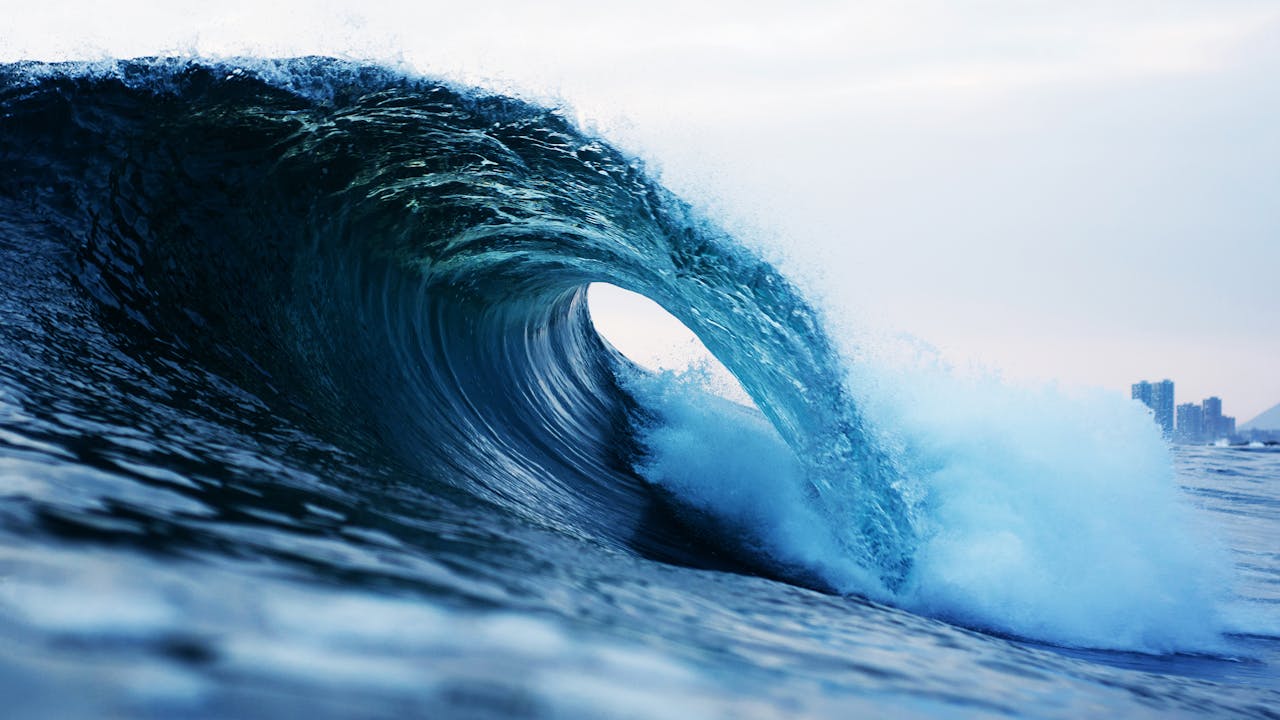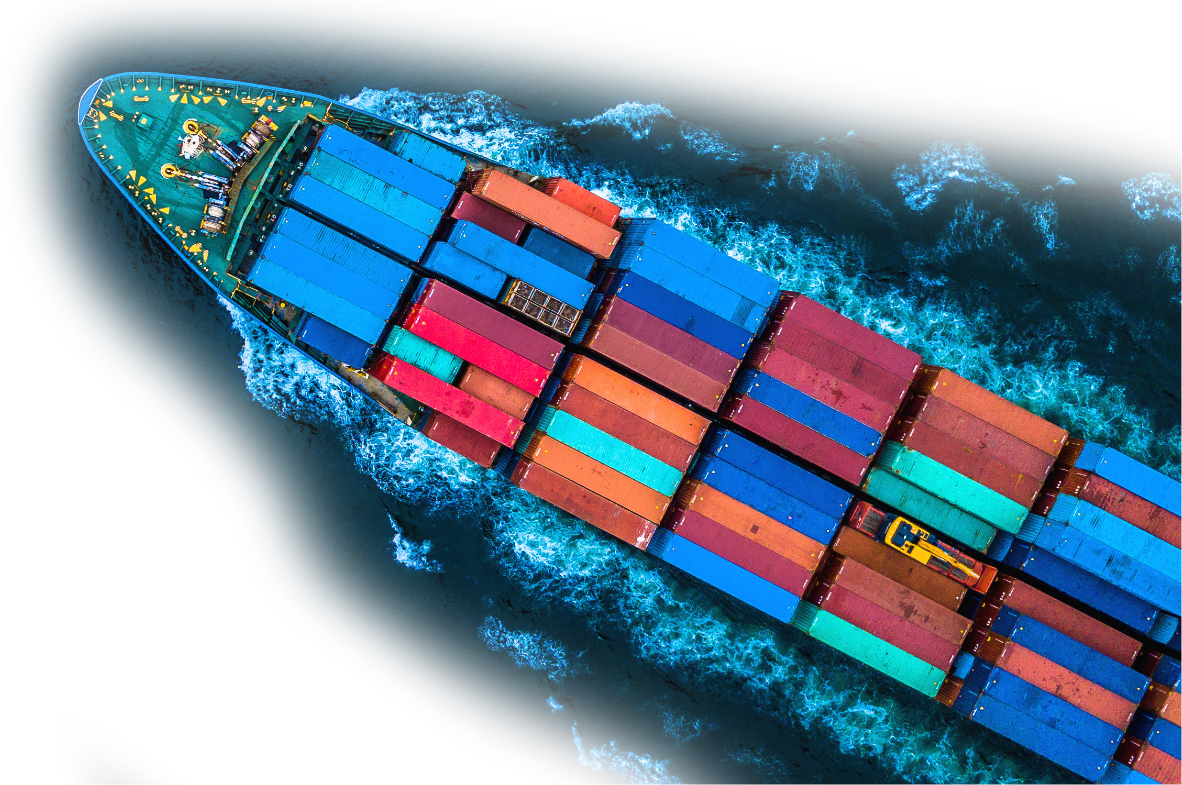
With you at all times
We are a leading marine mutual insurer offering a full range of marine insurance. Our head office is in Gothenburg, Sweden, with offices in some of the world’s strategic shipping centres, Athens, Oslo, London, Hong Kong, and Singapore.

Insurance

Loss Prevention

Correspondents

Cyber Insurance

Latest News
-
Read: Enhanced collaboration in a competitive landscape the key to the future, says Thomas Nordberg
Enhanced collaboration in a competitive landscape the key to the future, says Thomas Nordberg
Improved industry cooperation is key to ensuring the maritime industry meets the challenges of today’s uncertain operating environments, believes Thomas Nordberg, Managing Director of The Swedish Club. He made the comments during his keynote address at the Nordic Association of Marine Insurers’ (Cefor) annual seminar and dinner, held in Oslo on 4th April. “A joint…
-

Electronic (Paperless) Trading
Read: Electronic (Paperless) Trading -
FD&D Insurance: policy years 2021/22, 2022/23, 2023/24 and 2024/25 Supplementary and Release Calls
Read: FD&D Insurance: policy years 2021/22, 2022/23, 2023/24 and 2024/25 Supplementary and Release Calls -
P&I Insurance: policy years 2021/22, 2022/23, 2023/24 and 2024/25 Supplementary and Release Calls
Read: P&I Insurance: policy years 2021/22, 2022/23, 2023/24 and 2024/25 Supplementary and Release Calls -

The Swedish Club Welcomes Martti Simojoki as New Loss Prevention Manager
Read: The Swedish Club Welcomes Martti Simojoki as New Loss Prevention Manager
Swedish Club Online (SCOL)
SCOL provides the latest information on your insurance status, claims and benchmarking. You can easily view the position of all your vessels with an interactive map or via simple menus.
The geographic display of vessels allows all users to access all the information for that particular vessel directly. The sophisticated search function will help you find the information quicker and easier than ever before.
Join now and keep yourself updated with the latest information.

Sign up for TELP
Trade Enabling Loss Prevention combines technology with years of claims experience, helping your vessels to safely chart their way through high risk areas around the globe.
